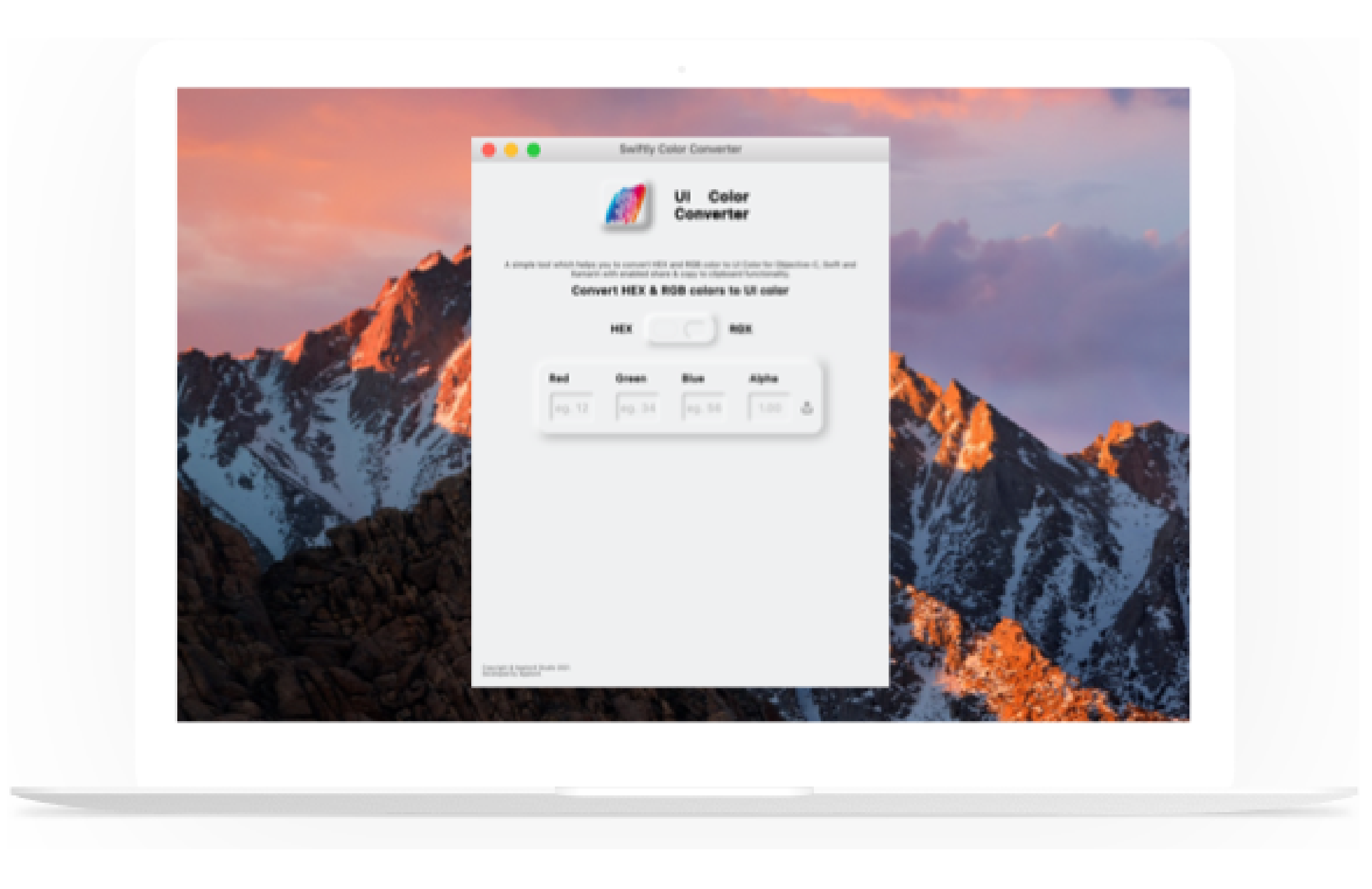

COLORCONVERTER XAMARIN WINDOWS
Specifically, if you attach a TapGestureListener to an EllipseView on Windows Phone, Tapped events will only fire when the user taps inside the ellipse. And Now for the Bad NewsĮllipseViews are great for dressing up an interface, but they’re not perfect when it comes to hit-testing.
COLORCONVERTER XAMARIN ANDROID
And like its Android counterpart, it overrides OnElementPropert圜hanged and invalidates the portion of the screen occupied by the ellipse if the EllipseView’s Color property changes. The renderer overrides the Draw method inherited from VisualElementRenderer (in iOS, Draw is analogous to OnDraw in Android) and uses it to paint an ellipse on the screen. ()) Ĭontext.DrawPath(CGPathDrawingMode.Fill)

Using (var context = UIGraphics.GetCurrentContext())Ĭontext.SetFillColor( this. Protected override void OnElementChanged(ElementChangedEventArgs e) Public class EllipseViewRenderer : ViewRenderer
COLORCONVERTER XAMARIN CODE
Here’s the source code for EllipseView, complete with the bindable Color property: Ordinary C# properties, by contrast, cannot. Among other things, being a bindable property means that the property can receive a value through data binding. That property is a bindable property (as opposed to an ordinary C# property), which is analogous to a dependency property for those of you familiar with such properties in WPF, Silverlight, and other Microsoft XAML run-times. That’s what BoxView does, and BoxView adds one property to the many properties it inherits from View: a property named Color. To define an EllipseView element, you merely derive from Xamarin Forms’ View class.

You can start with my EllipseViewDemo solution, which is available for download. Soon you’d be able to build some pretty sophisticated UIs using nothing more than XAML. You could use the same techniques I used to build EllipseView to extend Xamarin Forms to support PolygonView, PathView, and other visual elements. Here’s a bubbly UI built with an AbsoluteLayout and a few EllipseViews:Īnd here’s the XAML that produced that UI: EllipseView exposes the exact same properties as BoxView, including the Color property that controls the color of the element’s interior. You can declare instances of EllipseView in a Xamarin Forms UI the same way you declare BoxViews. The custom element presented in this article is EllipseView. You can do the same to extend Xamarin Forms with custom visual elements. Instead, they paint pixels depicting BoxViews onto a drawing surface.

But renderers aren’t required to emit controls some, such as the BoxRenderer classes found in iOS and Android, don’t output controls at all. Most renderers in Xamarin Forms wrap controls such as TextBlocks and UILabels. Good news: You can implement new visual elements in Xamarin Forms with custom renderers. But what about other graphics primitives such as ellipses and paths? Windows Phone, Android, and iOS all support them, but Xamarin Forms doesn’t surface any of them as visual elements. On iOS and Android, it paints a rectangle onto a graphics context and a canvas, respectively. On Windows Phone, a BoxView renders a Rectangle element. The BoxView class is handy for drawing rectangles in a Xamarin Forms UI. Making Xamarin Forms Richer with Custom Visual Elements


 0 kommentar(er)
0 kommentar(er)
